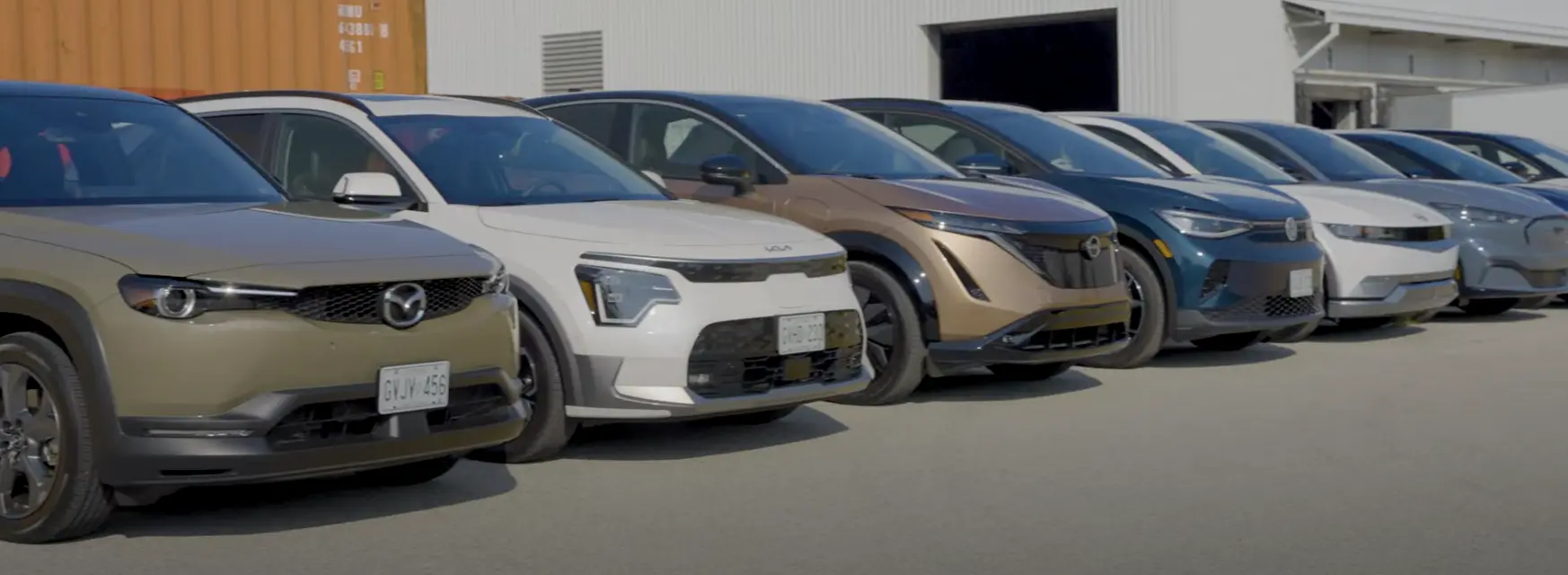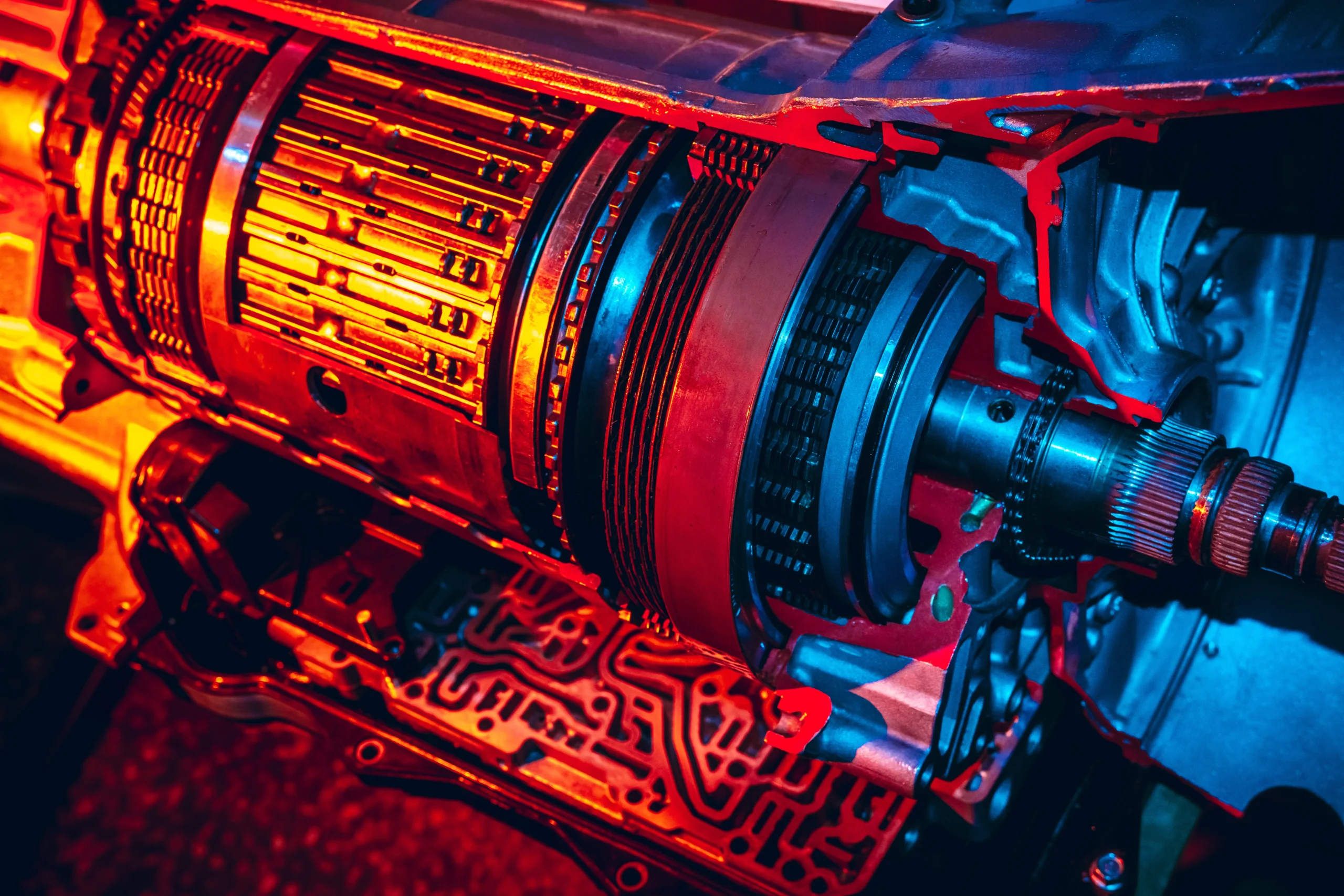In the swiftly evolving landscape of electric vehicles, newcomers to the EV market might find themselves adrift in a sea of burgeoning models, each boasting peculiar names and an array of features. With the automobile industry witnessing an influx from several manufacturers, the diversity in electric vehicles, particularly within the crossover SUV segment, has never been more pronounced.
To simplify matters for consumers, AutoGuide explored eight of the newest electric crossover SUVs to break down the pros and cons of these electric contenders.
The electric SUV showcase, in partnership with WeatherTech, brings to light the cutting-edge innovation driving the electric crossover SUV segment forward. WeatherTech’s commitment to precision and protection is mirrored in the meticulous design and functionality of these electric vehicles. Custom-made for an exact fit, WeatherTech’s line of interior protection ensures that the avant-garde features of these SUVs are preserved against the rigors of daily use.
Among the contenders is the venerable Ford Mustang Mach-E, which, despite its age in this rapidly evolving segment, boasts an impressive array of features including: the biggest battery, horsepower, driving range, and, understandably, the highest price tag. Its quirky design elements and spacious cabin make it a standout choice for those who prioritize space and performance.
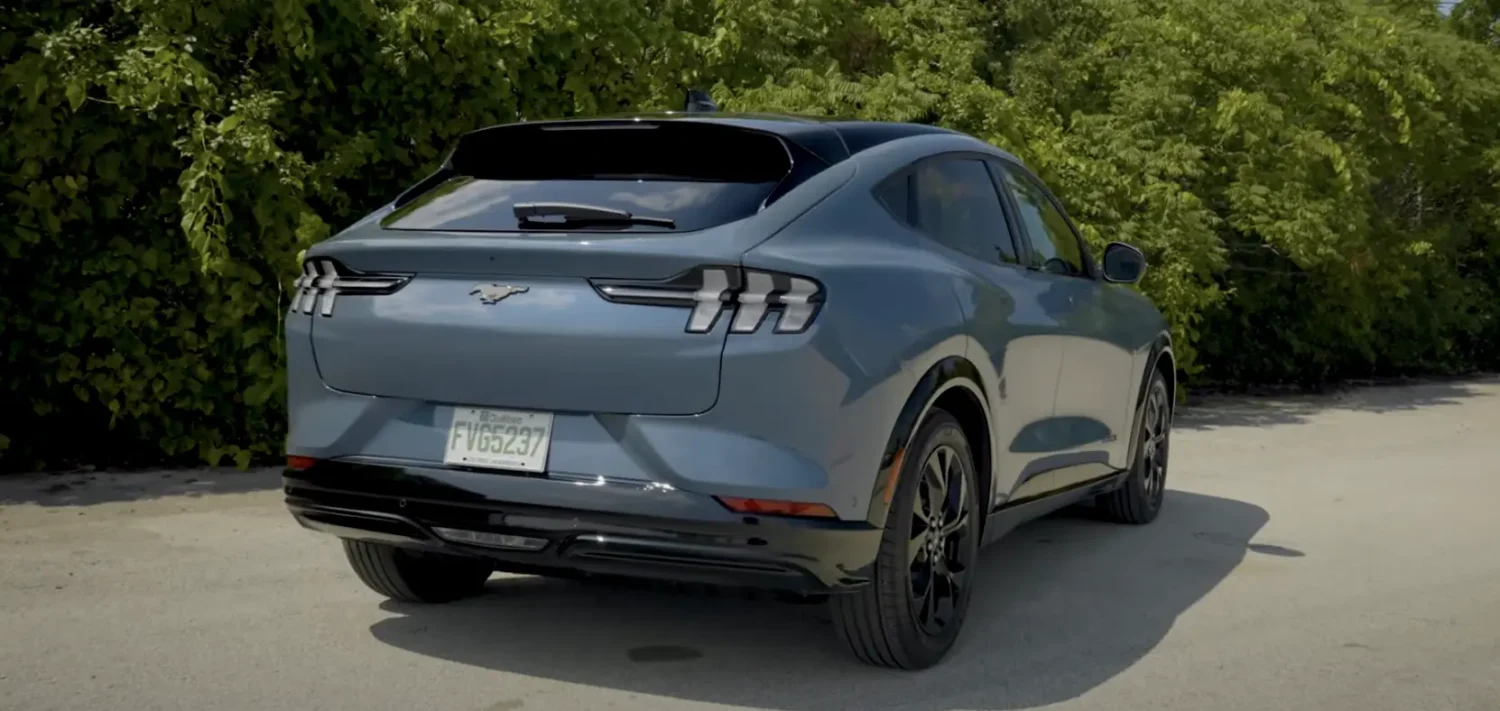
Conversely, the Nissan Aria introduces a fresh face with its innovative design and packaging. Despite its compact exterior dimensions, the Aria cleverly maximizes interior space, offering a comfortable and tech-forward cabin. It’s an attractive option for those seeking a blend of comfort and cutting-edge design in their electric SUV.
The Hyundai Ioniq 5, a darling of the electric vehicle world, continues to impress with its unique design and robust features. Its retro-futuristic aesthetic is matched by a solid performance on the road, making it a top pick for those who value style alongside substance.
Kia’s EV6, with its car-like demeanor and sporty silhouette, offers a more dynamic driving experience. It shares the advanced e-GMP platform with the Hyundai Ioniq 5, ensuring quick charging and efficient performance. Its interior, while more compact, is laden with tech and innovative design features, appealing to those who favor a more engaging drive.

The Mazda MX-30, with its distinctive design and city-commuter focus, provides a more accessible entry point into the EV market. Although its range and power may fall short for some, its affordability and unique features could make it an ideal choice for urban dwellers.
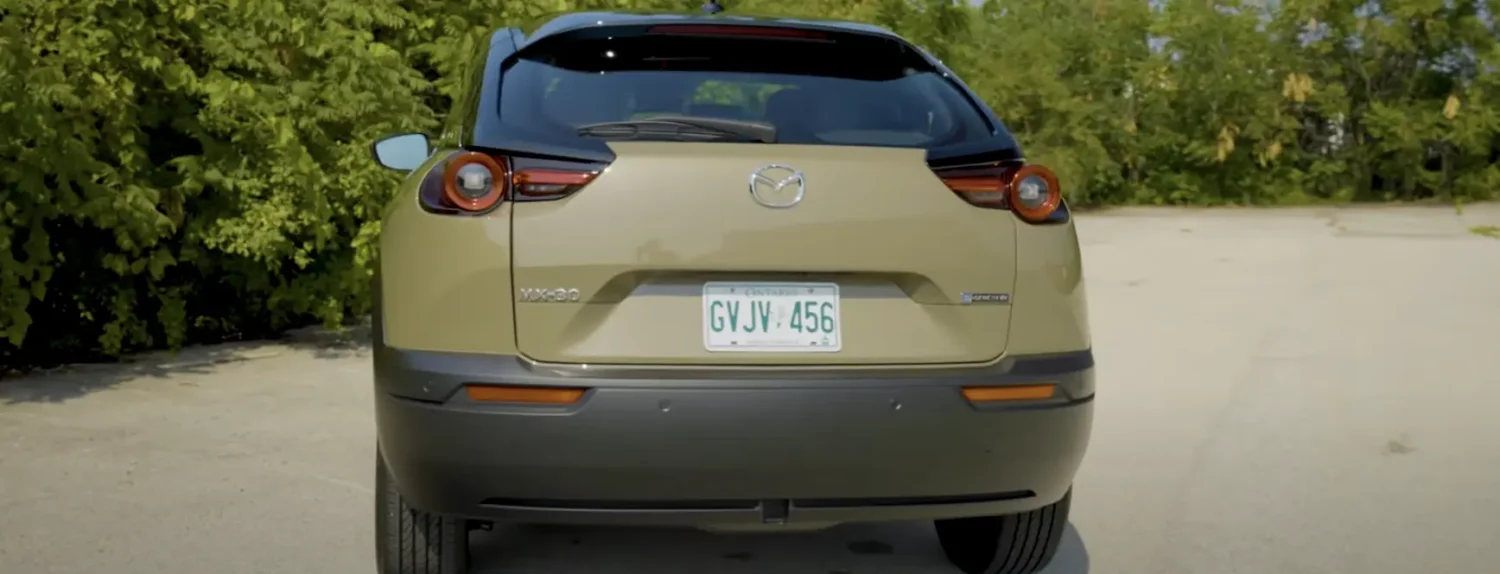
The Kia Niro EV emerges as a compelling option, balancing range, features, and affordability. Its well-crafted interior and efficient use of space make it a practical choice for first-time EV buyers, or those seeking a versatile electric crossover without breaking the bank.
Volkswagen’s ID.4 and the Toyota bZ4x each bring their own flavor to the segment. The ID.4 appeals to those seeking a more traditional driving experience with an electric twist, while the bZ4x stands out with its distinctive design and RAV4-inspired practicality, albeit with room for improvement in range and performance.
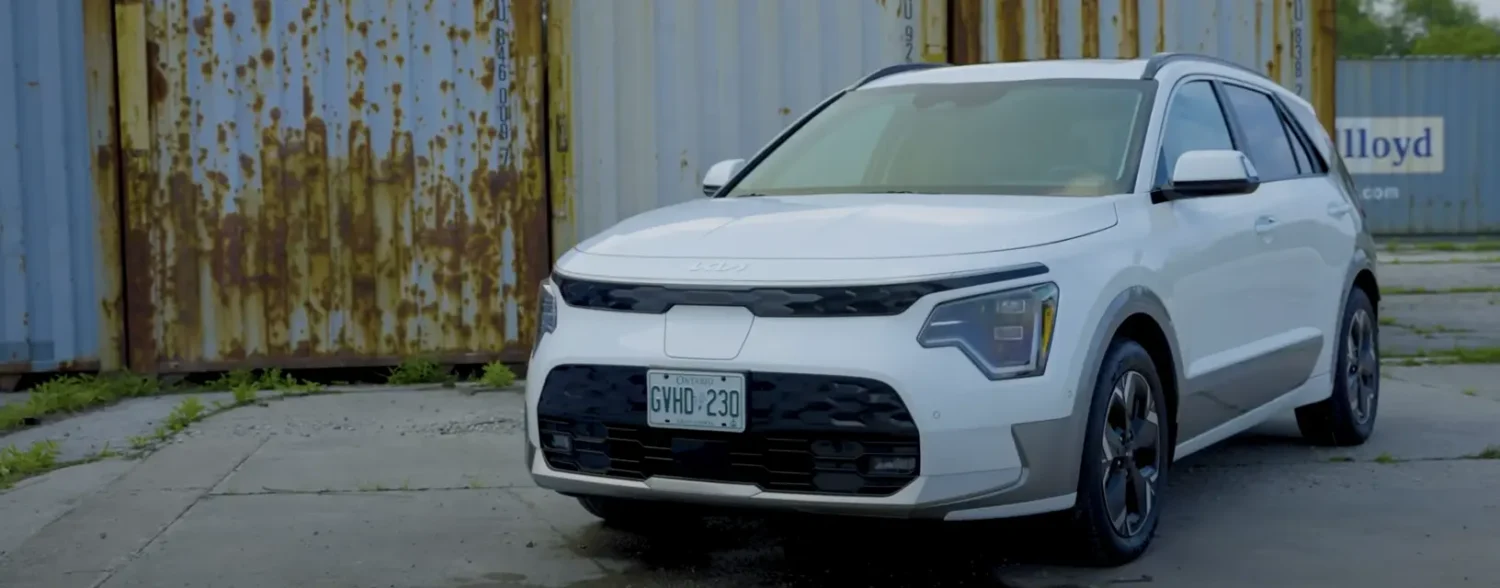
As the exploration concluded, the Hyundai Ioniq 5 and Kia EV6 emerged as standout choices, offering a harmonious blend of design, performance, and technological prowess. The Ford Mustang Mach-E also garnered praise for its premium feel and comprehensive feature set.
In conclusion, the electric crossover SUV segment is brimming with options, each catering to a broad spectrum of preferences and needs. Whether drawn to the aesthetic appeal of the Ioniq 5, the dynamic drive of the EV6, or the value = of the Niro EV, the future of electric mobility promises something for everyone.
